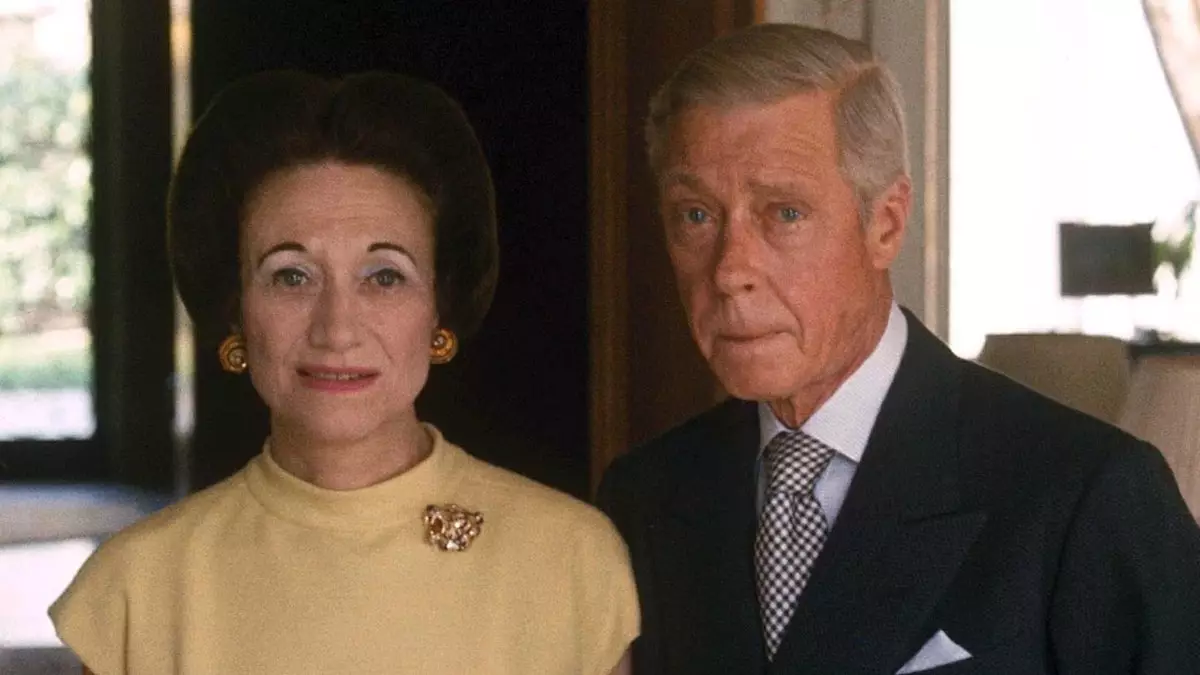The Met Gala has transformed dramatically over the years; it has evolved from an exclusive gathering of high society into a globally recognized spectacle overflowing with social media hype and trendy outfits designed for viral moments. However, before it became synonymous with extravagant displays and meme-worthy fashion statements, the Met Gala was a refined occasion, specifically tailored for a select group of notable guests. Among them was Wallis Simpson, Duchess of Windsor, who graced this storied event in 1974. Through her attendance, she not only marked her emotional return to America but also delivered a striking commentary on the enduring allure of classic sophistication amidst a shifting cultural landscape.
Wallis Simpson: A True Icon of Elegance
On April 23, 1974, the gala’s theme—Romantic and Glamorous Hollywood Design—crafted an exquisite backdrop for Wallis, an emblem of timeless elegance herself. Diana Vreeland, the revered curator behind the gala’s artistic direction, was critical in propelling the event into the fashion psyche of elites. It was under Vreeland’s discerning gaze that the gathering morphed from a simple fundraiser into an evening that would appeal to the fashionable elite. Simpson, who at 78 years old brought with her a rich history of scandal, romance, and poise, was the perfect embodiment of this transformational era in both fashion and society.
Dressed in an astonishing electric blue satin gown that hugged her frame and tinkled softly with every step she took, Wallis stood out not just because of her outfit but due to her presence. Every meticulously crafted element of her ensemble—complete with a delicate necktie bow and covered buttons—spoke of the craftsmanship associated with luxury couture. Though the creator of her gown remains a subject of speculation, it bore hallmarks of her lifelong friend Hubert de Givenchy, which evokes a sense of nostalgia about their storied relationship in the fashion space.
Fashion as a Statement of Identity
Simpson’s choice of attire went beyond mere aesthetic appeal; it was a declaration. Her pieces were not merely about a visual statement; they articulated a narrative of a woman who navigated the intricacies of life with grace. Adorning her gown were crisp white opera gloves, a striking sapphire and diamond brooch, statement earrings, and a bracelet that threw sparkles beneath the gallery’s soft lights. Her refined jewelry accompanied by a silver evening bag only enhanced her aura of unmistakable sophistication. This level of attention to detail, coupled with her perfectly coiffed hair and understated makeup, aligns with what we now understand to be the essence of true fashion: it’s about how it makes you feel and the stories it tells.
The world wasn’t overflowing with Victorian-themed horror films; instead, it was about creating a visual tapestry that reflected one’s identity. Wallis succeeded in this flawlessly. A woman who had once transformed the British monarchy through love and rebellion didn’t require the theatrics that contemporary celebrities often employ. Her mere presence ignited awareness, embodying an era that has faded but remains essential for understanding the cultural implications of social status and style.
An Evening to Remember
As Wallis shared the spotlight with luminaries like Elizabeth Taylor and Liza Minnelli, she did not seek validation from her peers nor attempt to replicate their glitz. Instead, she established her own domain within the evening, reminding everyone present that she wasn’t merely attending a contemporary fashion gala; she was a living emblem of history. Her journey—colored by love affairs, personal sacrifices, and high society’s swipes—served as a template for modern-day narratives about scandal and sophistication.
The 1974 Met Gala encapsulated a moment in time defined by less glitz and more gravitas. Wallis Simpson wasn’t just another name among many; she was a representation of bygone elegance intertwined with personal history and emotional depth, an unambiguous reminder of how fashion can transcend mere fabric and thread to assert significance in societal conversations. While we have fast-forwarded to a culture that often revels in superficiality, the Duchess remains a relic of what true grandeur and dignity entail, serving a testament to an era that cherished elegance over sensationalism.

